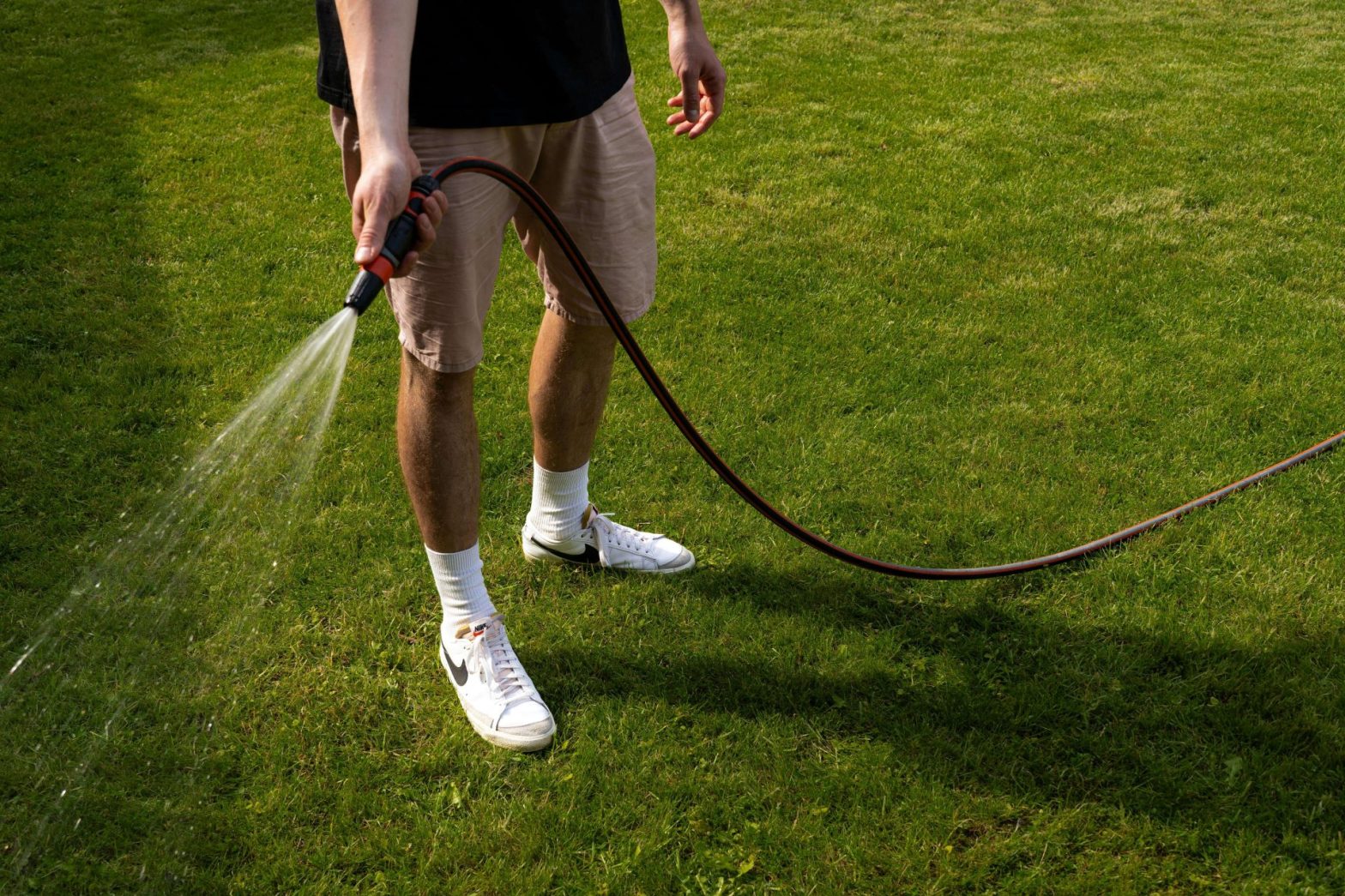Installing new sod is a significant investment in the aesthetic and environmental quality of your property. However, the delicate nature of freshly laid sod requires careful attention to ensure its successful establishment. One common piece of advice given to homeowners during this period is to refrain from walking on the new sod. Let’s delve into the reasons behind this recommendation and how it contributes to the long-term health of your lawn.
The Vulnerability of New Sod
New sod is in a state of transition as it adapts from the controlled environment of the sod farm to the conditions of your yard. During this critical period, the sod is particularly vulnerable to stress and damage. Its root system, essential for anchoring the sod and absorbing water and nutrients, is still establishing itself in the soil.
Impact of Foot Traffic on Root Development: Walking on new sod can have detrimental effects on root development. The weight and pressure exerted by foot traffic compact the soil, making it more difficult for roots to penetrate and expand. This impedes the sod’s ability to establish a strong and healthy root system, which is essential for its long-term survival and resilience against environmental stressors.
Preserving Aesthetic Appeal: In addition to its functional role, sod is prized for its visual appeal. Foot traffic on newly laid sod can result in unsightly footprints, indentations, and damage to the delicate blades of grass. These aesthetic imperfections detract from the overall beauty of the lawn and may require additional time and resources to repair.
Best Practices for Protecting New Sod
To minimize the risk of damage and promote the successful establishment of new sod, homeowners should follow these best practices:
- Establish Clear Boundaries: Mark off the sodded area and communicate with family members and visitors to avoid walking on the new sod.
- Minimize Foot Traffic: Restrict access to the sodded area whenever possible, especially during the initial weeks after installation.
- Plan Lawn Activities Carefully: Schedule lawn maintenance tasks and recreational activities to minimize direct contact with the new sod.
- Monitor Soil Moisture: Ensure that the soil beneath the new sod remains adequately moist to support root growth and establishment.
While it may be tempting to enjoy your newly sodded lawn immediately after your sod installation, exercising caution and refraining from walking on the sod can significantly impact its long-term health and vitality. By understanding the importance of protecting new sod from foot traffic, homeowners can contribute to the successful establishment of a lush and resilient lawn that will be enjoyed for years to come.
